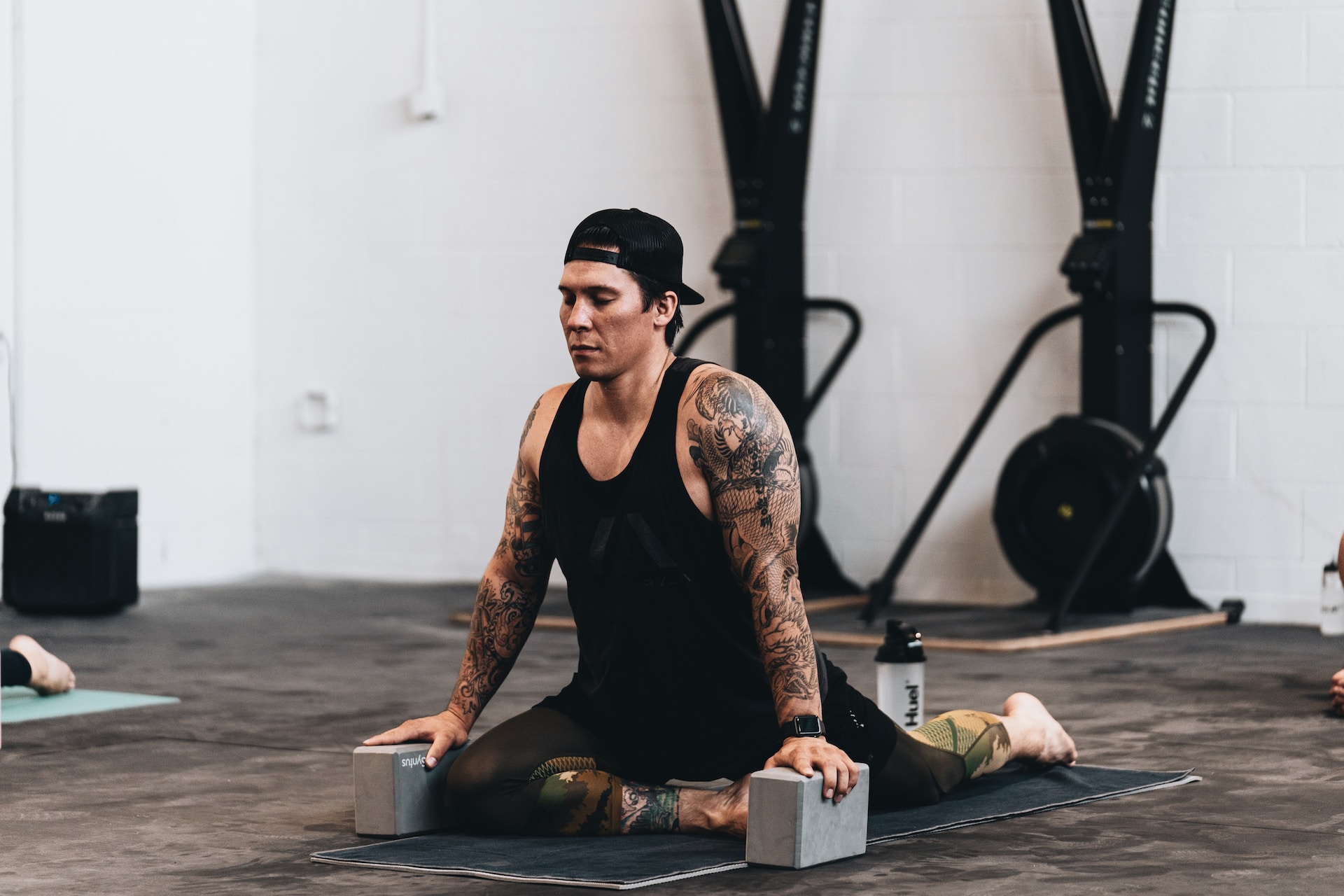The Benefits of Active Stretching
Increased Muscle Recovery
Active stretching plays a crucial role in enhancing muscle recovery after intense workouts. By engaging in dynamic movements that closely mimic the exercises performed during the workout, active stretching helps to flush out lactic acid and other metabolic waste products that accumulate in the muscles during exercise. This process aids in reducing muscle soreness and stiffness, allowing for quicker recovery and improved overall performance.
Improved Flexibility
Incorporating active stretching into your fitness routine can significantly improve your flexibility levels. Unlike static stretching, where muscles are held in a stretched position for a prolonged period, active stretching involves continuous movement. This dynamic stretching technique helps to increase the range of motion around the joints, promoting muscle elasticity and overall flexibility. By regularly including active stretching exercises in your routine, you can gradually increase your flexibility and achieve better performance in various physical activities.
Enhanced Blood Circulation
Active stretching stimulates blood circulation throughout the body, which is essential for optimal muscle function and recovery. As you perform active stretching exercises, the muscles contract and relax, creating a pumping action that helps to improve blood flow. Increased blood circulation delivers oxygen and important nutrients to the muscles, while also removing waste products efficiently. This enhanced blood flow not only aids in faster muscle recovery but also contributes to overall cardiovascular health.
In conclusion, active stretching provides numerous benefits for muscle recovery, flexibility, and blood circulation. By incorporating active stretching exercises into your fitness routine, you can experience improved muscle recovery, increased flexibility, and enhanced blood circulation, ultimately leading to better performance and overall well-being.
Types of Active Stretching
Dynamic Stretching
Dynamic stretching involves moving parts of your body through a full range of motion. This type of stretching helps to improve your flexibility, increase blood flow to your muscles, and enhance your overall performance. Dynamic stretching is commonly used as part of a warm-up routine before engaging in physical activities such as sports or exercise. Examples of dynamic stretching include arm circles, leg swings, and trunk rotations.
Ballistic Stretching
Ballistic stretching involves using repetitive bouncing movements to stretch your muscles beyond their normal range of motion. While this type of stretching can help improve flexibility, it carries a higher risk of injury compared to other forms of stretching. Therefore, it is important to proceed with caution and avoid ballistic stretching if you have any muscle or joint issues. Examples of ballistic stretching include bouncing toe touches and bouncing lunges.
Active Isolated Stretching
Active isolated stretching is a technique where you hold a stretch for only a few seconds and then release it. This type of stretching helps to improve muscle recovery and flexibility by increasing the blood flow to targeted muscle groups. Active isolated stretching is often used by athletes and individuals looking to enhance their range of motion and prevent muscle imbalances. It is important to focus on proper form and avoid any jerky movements during active isolated stretching to minimize the risk of injury.
By incorporating these types of active stretching into your fitness routine, you can enhance muscle recovery, improve flexibility, and optimize your overall performance. Remember to always listen to your body, start with gentle movements, and gradually increase the intensity and duration of your stretches.
Best Practices for Active Stretching
Warm Up Before Stretching
Before starting any active stretching routine, it is crucial to warm up your body. A proper warm-up session helps increase blood flow to the muscles, preparing them for the upcoming stretches. This can be done through light cardio exercises such as jogging or jumping jacks for about 5-10 minutes. Warming up not only helps prevent injuries but also enhances the effectiveness of your stretching routine.
Focus on Major Muscle Groups
When engaging in active stretching, it is important to focus on major muscle groups. These include muscles such as the quadriceps, hamstrings, calves, glutes, and upper body muscles like the shoulders, chest, and back. Targeting these muscle groups helps improve overall flexibility and mobility. Incorporating stretches for each major muscle group ensures a well-rounded stretching routine that benefits your entire body.
Avoid Bouncing Movements
One key aspect to remember during active stretching is to avoid bouncing movements. Bouncing or jerking movements can lead to muscle strain or injury. Instead, opt for controlled and gradual movements during each stretch. This allows the muscles to lengthen gradually and reduces the risk of overstretching or damaging the tissues. Smooth and steady movements ensure a safe and effective stretching session.
Remember, active stretching should always be done within your comfort zone. Pushing yourself too hard or overstretching can lead to injuries. Take your time, breathe deeply, and relax into each stretch. By following these best practices, you can enhance muscle recovery, improve flexibility, and achieve optimal results from your active stretching routine.
Active stretching is a highly effective technique for enhancing muscle recovery and flexibility. By engaging in dynamic movements that mimic the actions of the targeted muscles, active stretching not only increases blood flow and oxygen delivery to the muscles but also helps to improve their range of motion. This form of stretching is particularly beneficial for athletes and individuals looking to improve their athletic performance, as it can enhance muscle recovery and reduce the risk of injury. Incorporating active stretching into your exercise routine can lead to improved flexibility, increased muscle strength, and overall better physical performance. So, whether you are a professional athlete or simply someone who wants to maintain a healthy and active lifestyle, active stretching is a valuable practice that should not be overlooked.


